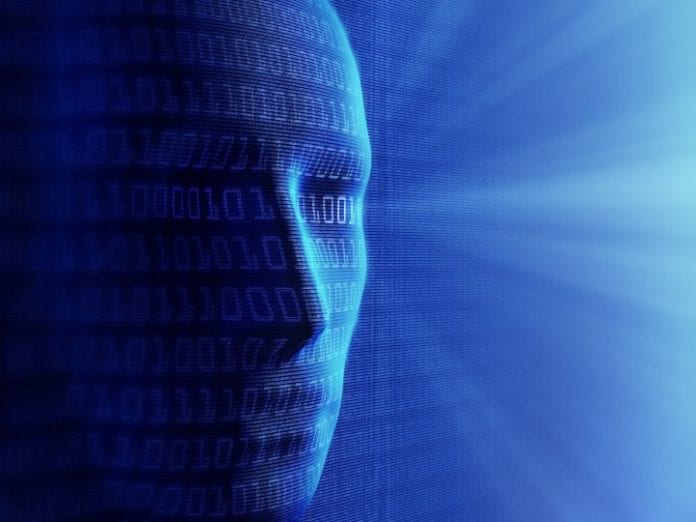5G support for the IoT is a step toward pervasive automation
Peter Vetter head of Nokia Bell Labs’ Access Research Lab, at the recent IEEE 5G World Forum event, discussed the research group’s vision for the future of connectivity—the automation of everything and the creation of time.
Nokia’s end-to-end product line bears the Future X name, which came out of a Nokia Bell Labs publication. Vetter described the “X” as representing a cross-section of connected people and things, as well as a network that provides 10-times the performance benefits.
He also provided some color on the idea of creating time, which is acknowledged as a provocative descriptor. “You may think, ‘OK, we play with the laws of relativity.’ That’s not very practical. What we really mean as engineers is using time more efficiently through automation. Mankind has been very good at inventing tools to use time efficiently…Tools that overcome our physical limitations.”
Vetter explained how digital models of the physical world, rendered in virtual reality or 3D printed allows people “to reason about these models, about the physical world, apply AI to it and then decide on actions.” This will have massive impact on the global economy.
Using year-over-year productivity as a metric, Vetter highlighted spikes in productivity associated with previous industrial revolutions. But with the coming technological revolution, he said Nokia Bell Labs expects a decline in productivity. “Where is this going in the future?” he asked, noting the difference between digital industries like finance and physical industries like retail. Digital industries represent 30% of the economy but 70% of IT investments, he said. In the future, “They see a significant productivity growth year-over-year.” With physical industries, the goal is increase IT investments to realize an increase in productivity.
Watch Vedder’s full presentation, as well as additional programming from IEEE’s 5G World Forum here.

